BOATsmart! USA Knowledge Base
Module 03 - Getting on the Water
Anchoring
Although anchors are not required on recreational boats, they’re a valuable piece of safety equipment. They can be used during an engine failure emergency or during bad weather to prevent you from drifting toward obstacles. An anchor can also be very convenient—you’ll need one if you plan to stop and swim or if you plan to stay overnight on your boat.
Anchor Types
Anchors are a part of your boat’s ‘ground tackle’, which includes the anchor line, chain (or ‘rode’) and the anchor itself. There are three common anchors that are used by recreational boaters:
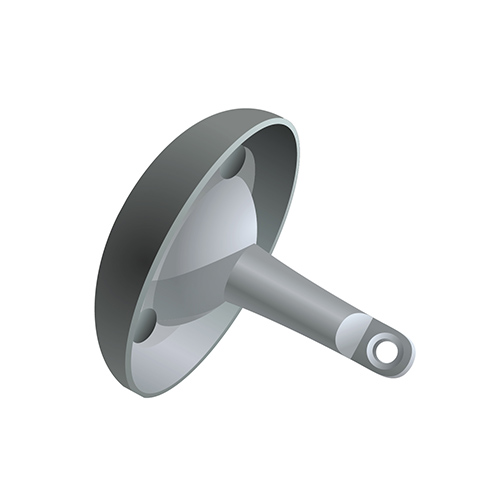
Mushroom-style anchor
This type of anchor sinks into the mud or sand to maintain a hold. They’re only recommended for use with smaller boats and only in good conditions.
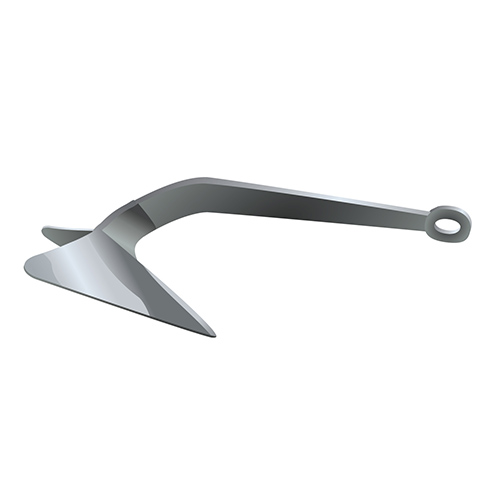
Plow-style anchor
This anchor type literally functions like a farmer’s plow. It has strong holding power because it drags along the waterway bottom and digs into the mud or sand.
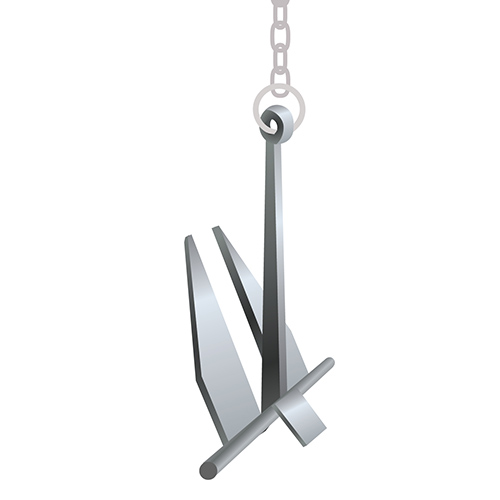
Fluke-style anchor
Also known as the ‘danforth anchor’, this anchor is similar to the plow-style except that it has pointed flukes that dig into the ground to provide holding power and it’s lighter in weight.
Choosing the Right Anchor
Making the right choice depends on the size and weight of your boat, the waterway conditions and the characteristics of the waterway bottom (i.e. if it’s sand, rock or mud). Boat operators should refer to their owner’s manual to view the boat manufacturer’s recommendations for anchors.
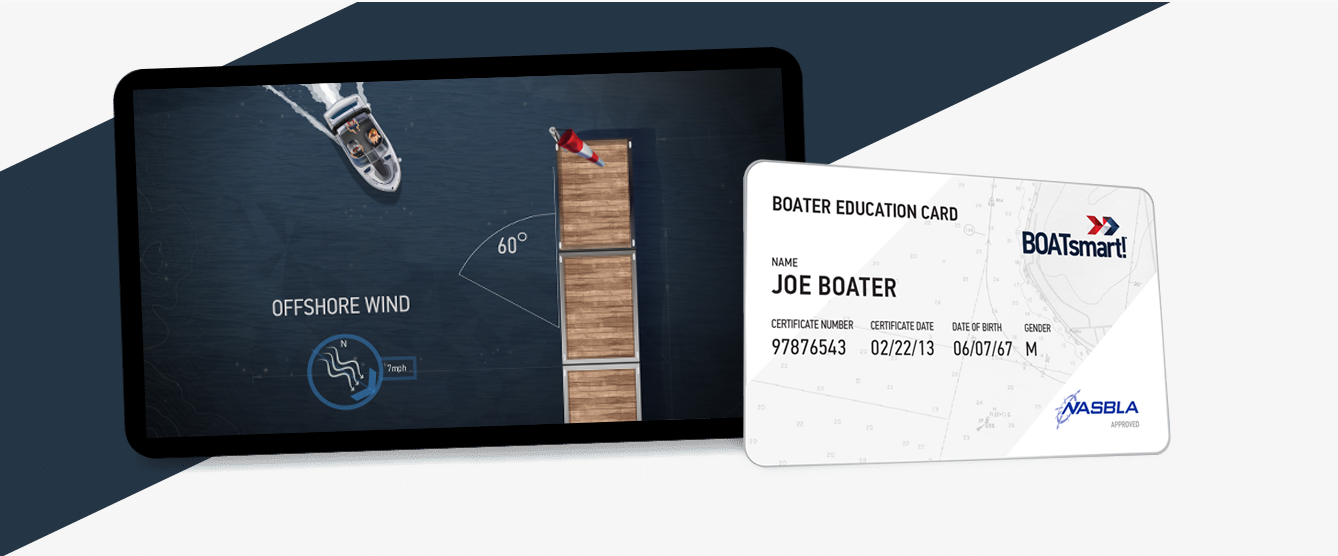
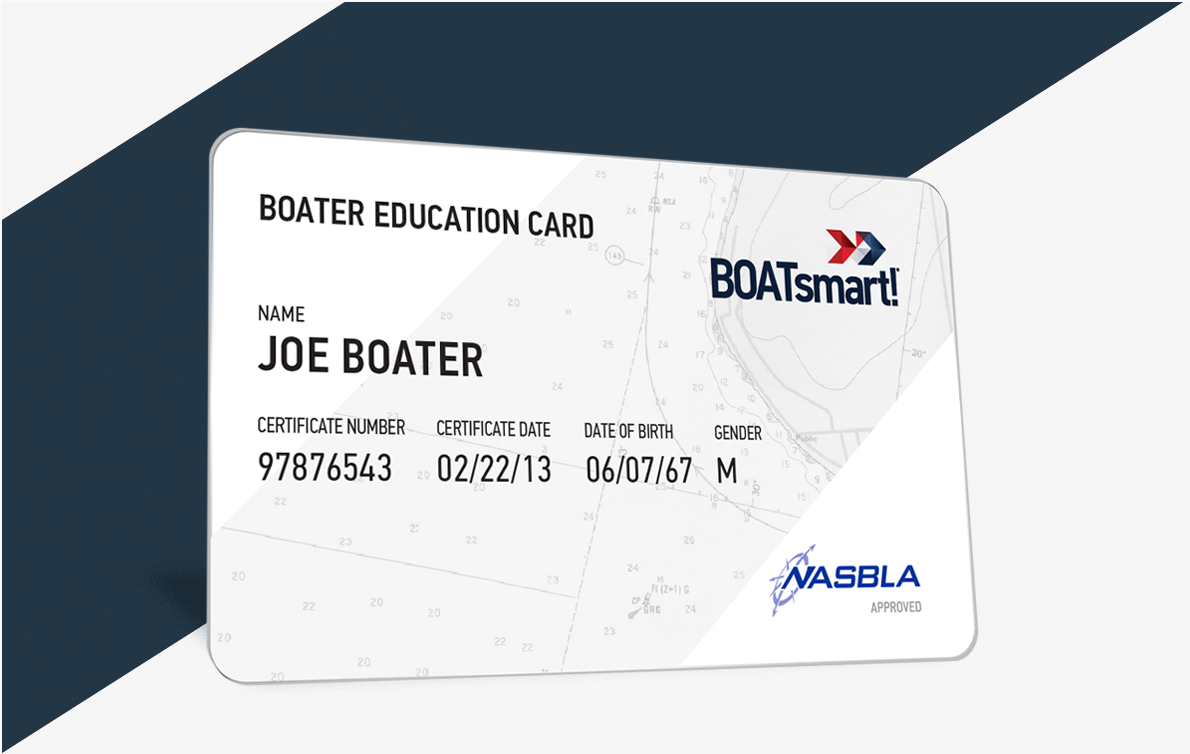
Get your Official North American
Boating License
The Official NASBLA and State-Approved Boating Course, Test & License.
Get your Official North American
Boating License
The Official NASBLA and State-Approved Canada Boating
Course, Test & License.



